Full of ornate stonework, cemeteries can be beautiful spaces both to mourn the deceased and celebrate the lives of those who have passed. Yet there is more to these places than carvings of skulls, crosses and crossbones. A snapped rose branch, for instance, indicates a life ended too soon. Wheat, meanwhile, signifies a life fully lived, then taken by the reaper. Alpha and omega, the first and last letters of the Greek alphabet, are used to represent beginnings and ends, birth and death.
Many symbols on headstones and mausoleums have obvious religious connotations: angels, crescents, pentagrams and ankhs all have long histories tied to specific faiths. Even with a seemingly straightforward symbol, however, there can be great variety in the details – Celtic versus Greek, Latin or Eastern crosses, for example.
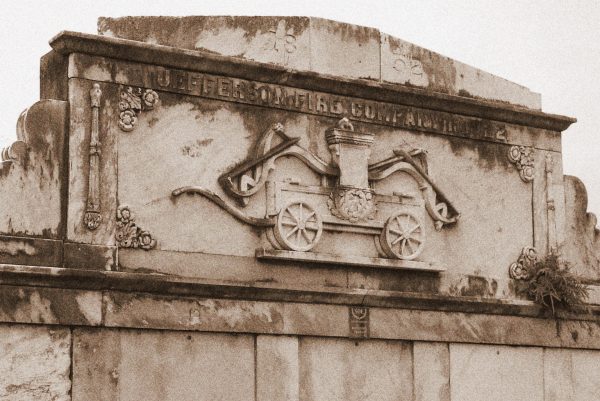
In other cases, meanings can be more secular and subtle. A torch turned upside down (but still lit) references eternal life; its flame persists in defiance of an orientation that would normally extinguish it.
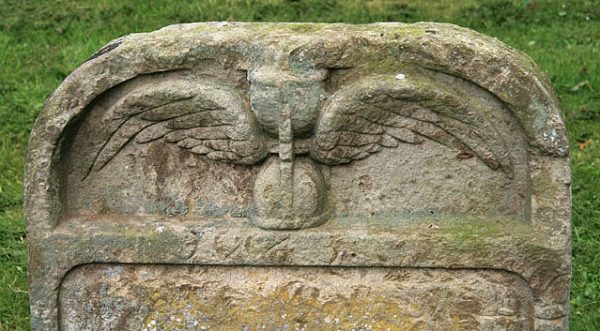
A winged hourglass is clear but poignant: it quite literally signifies the notion that time flies (and life is short). These can sometimes be found on graves or at the entrances to graveyards.
Others symbols are tied to orders, institutions and professions, like stumps associated with the Woodmen of the World; squares and compasses with Masonic orders; a mortar and pestle with pharmacists; a palette and brush with artists; anvils with blacksmiths; anchors with sailors; and linked chains with the Independent Order of Odd Fellows.
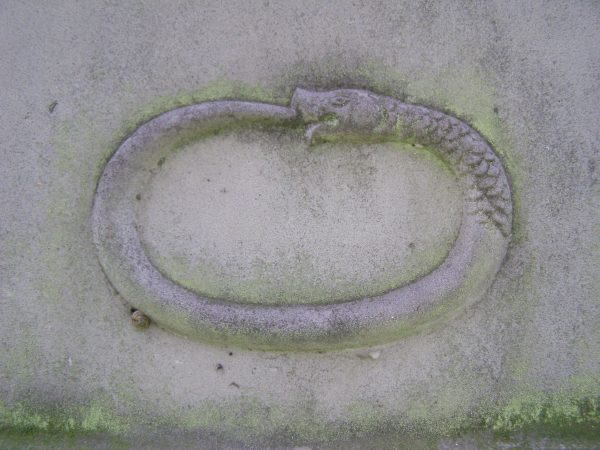
Plants and animals can convey meanings related to human conceptions of their strengths and weaknesses. Owls are said to represent wisdom; lions strength; oxen patience; oaks long life; rabbits humility and gentleness; poppies deep and eternal sleep; roosters vigilance; thistles earthly sorrow; and looped snakes (ouroboros) eternal life.
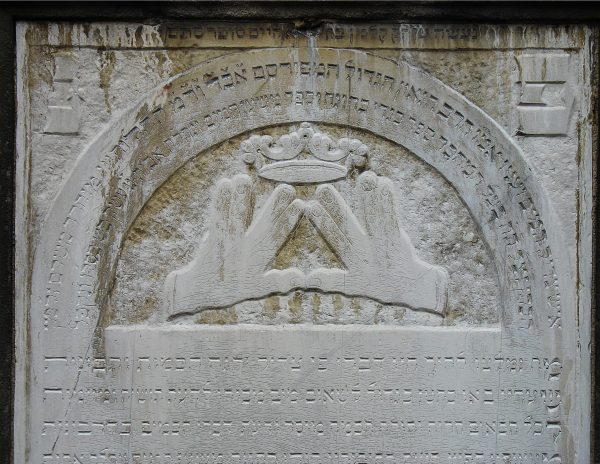
Even our own frail human bodies can be sources of lasting symbolism, the gestures of limbs conveying deeper meanings. Clasped hands generally suggest unity while pressed palms signify prayer. A single hand may point down to indicate mortality or up toward the afterlife.
This overview is by no means a complete picture – almost any shape or icon you see in a cemetery may well have layers of meaning. Many also have multiple connotations that have evolved over time as new cultural associations are formed. Those interested in learning more can look to the International Association of Cemetery Preservationists for further historical context and information on graveyard symbolism.
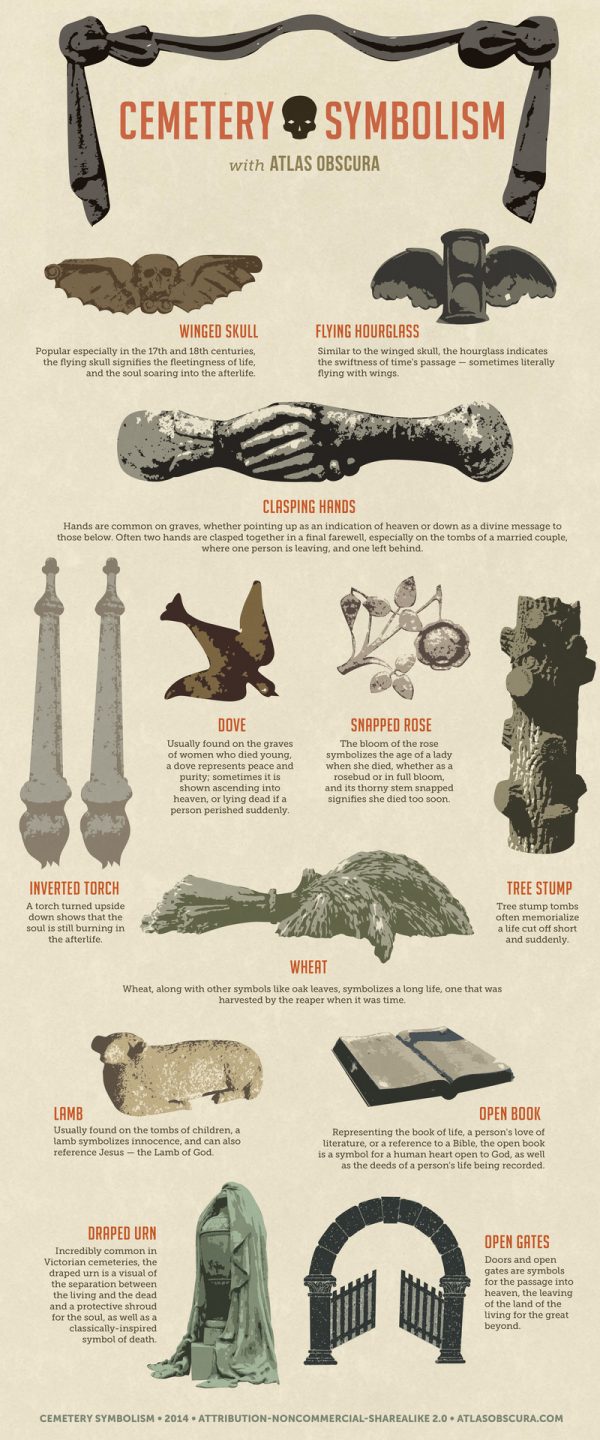
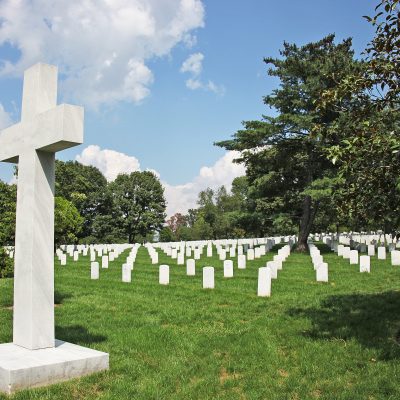
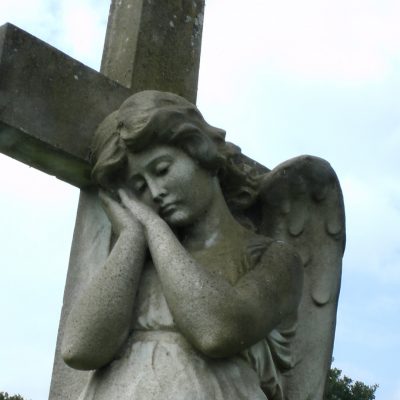
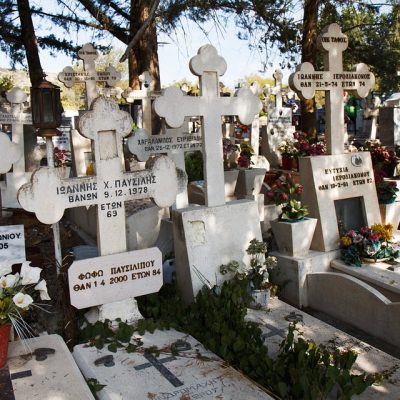
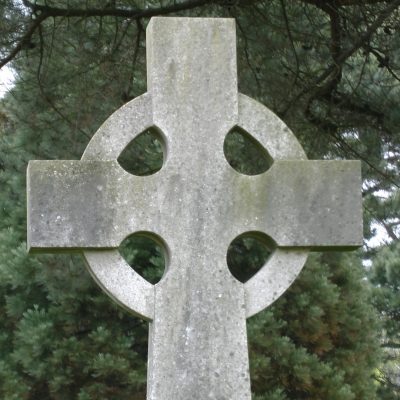
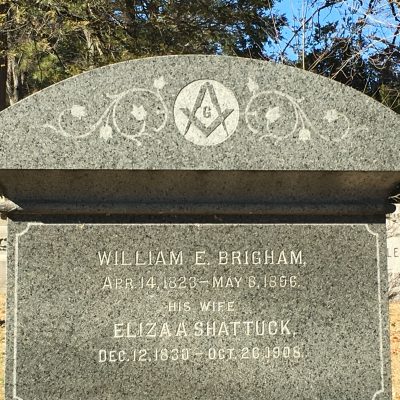
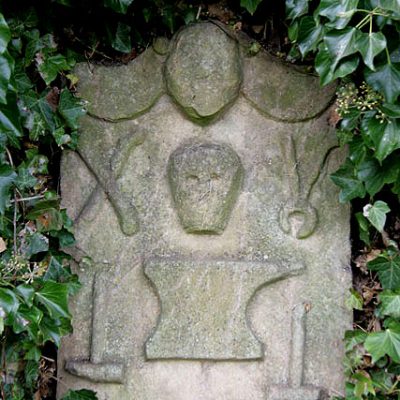

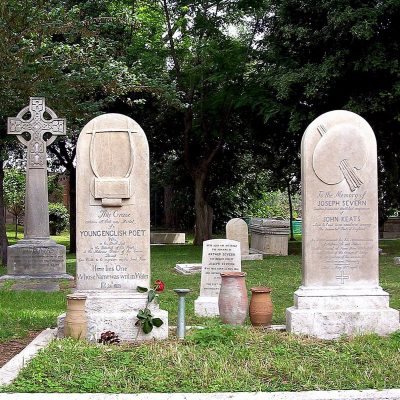
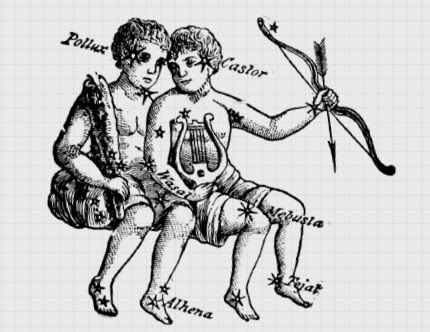


Comments (1)
Share
The hands on the Jewish gravestone are the gesture made by priests (Cohens) during their blessing; it indicates that the person buried there was a cohen or priest.